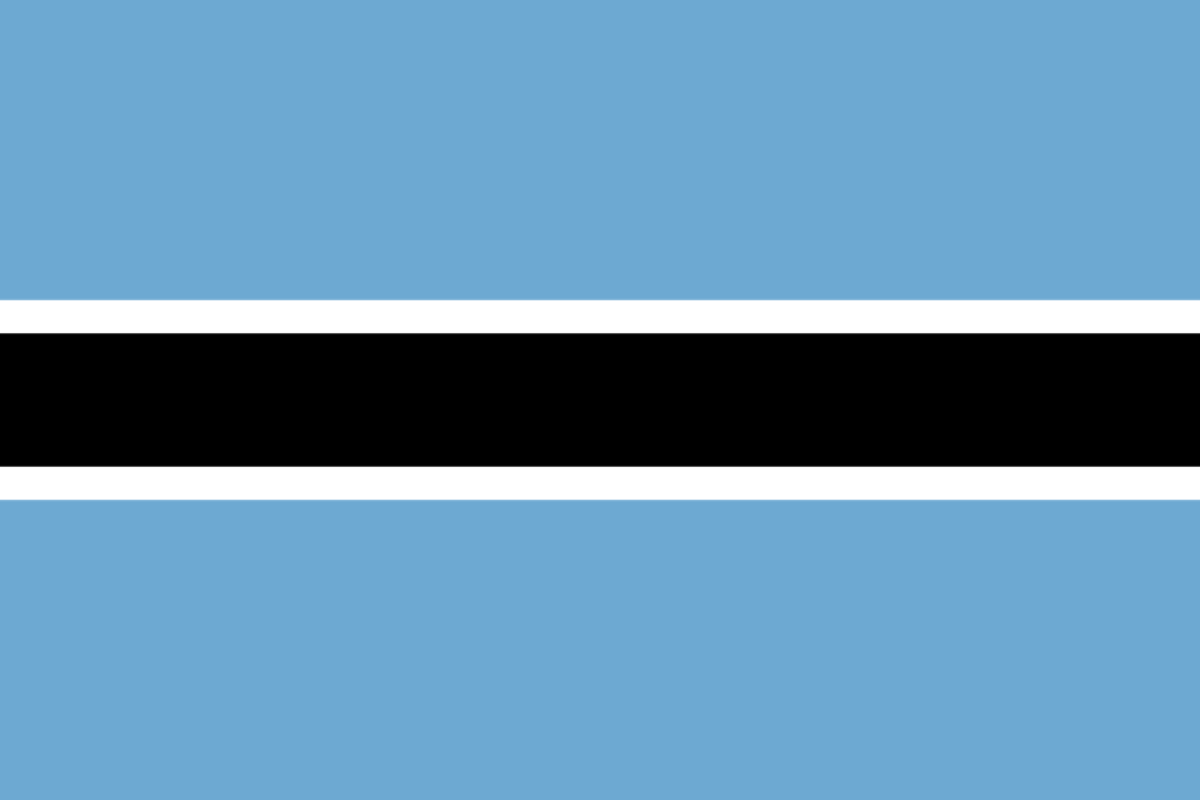The national animal of Botswana is the zebra. This was chosen as the country’s national animal in 1981 and embodies a great many things for the people and the nation of Botswana. They are one of Africa’s most iconic animal and play an important role in the ecology of many different parts of the continent.
Botswana is a diverse ecosystem with many different animals comprising its wildlife, but the zebra was a natural choice of national animal.
For ecological, cultural, and historical reasons, the zebra is a really important member of Botswana’s diverse cast of animals and so while there would have been many valid choices, it’s easy to see why the zebra was chosen.
Let’s find out more.

What is the national animal of Botswana?
The national animal of Botswana is the zebra.
The zebra is doubtless one of the country’s and indeed the continent’s, most iconic and well-known animals and can be found throughout many different regions of Botswana.
These African equines are immediately recognizable by the striking black and white striped patterns on their coats.
There are three extant species: the Grevy’s, the plans, and the mountain zebra.
It is the plains zebra that can be found in Botswana, though this is not specified by the country in its choice of national animal.
They were first formally classified in 1824 by British naturalist John Edward Gray.
They are intermediate in size between the other two species, usually having much broader stripes.
There’s a huge amount of variation in the coat patterns and they can be arranged in many unique ways on any given individual.
They tend to live mostly in grasslands that lack any trees and wooded savannahs, though they can also be found in many other habitats at times.
They inhabit both tropical and temperate zones.
They will usually avoid deserts, denser rainforests and anywhere that is too permanently wet.
They are prey animals for many species, most commonly lions, spotted hyenas, and Nile crocodiles.
They are also, to a lesser degree, hunted by leopards, cheetahs, and African wild dogs.
They’re a highly social species, usually with a single stallion leading a pack of mares and their offspring.
Bachelor groups, though, can also form, and lead members of these groups may challenge other males for their harems.
Stallions will defend their females from predators and can often do so successfully as they have powerful kicks and bites.
They are common in game reserves, but in the wilder regions, they are somewhat threatened by human activities like hunting and competition with livestock.
Why is the zebra the national animal of Botswana?
There are a few important reasons why the zebra is the national animal of Botswana.
They are seen to represent Botswana’s striving for racial harmony, with the black and the white of the zebra embodying the ability of people of different races to live in peace with one another.
They are also important symbols of the national strength of the people of Botswana and are important in that they are one of the key aspects of Botswana’s natural beauty.
African wildlife is some of the most famous in the world, and so the zebra is a very important point of national pride for the people of Botswana.
They feature on either side of the country’s coat of arms.
On the other hand, often when there is a question of conservation this can influence an animal’s position as the national animal.
Though zebras are not currently endangered, the IUCN Red List marks them as near threatened.
If trends continue the way they are then numbers may deplete severely, and so making them the national animal can help to bring attention to this and improve the animal’s lot in the future.
Are zebras horses or donkeys?
Zebras are equines and thus are closely related to both horses and donkeys, but they are neither horses nor donkeys; zebras are a separate species.
That said, zebras are more closely related to donkeys than they are to horses.
Donkeys themselves were first domesticated in North Africa around 6,000 years ago.
So, the common ancestor of donkeys and zebras existed much more recently in time than the common ancestor of horses and zebras or horses and donkeys.
It’s easy to see how you might confuse them, as they are morphologically very similar. It is mostly the stripes that give it away.
How many zebras are left?
Zebras, at present, are not under any immediate threat of extinction.
There are estimated to be around 300,000 total zebras, of all three species, remaining in the wild.
This is a fairly large number though no doubt they were once a great deal more numerous.
Of these, there are estimated to be around 150,000 plains zebra, hence the name “common zebras” which is often applied to this particular species.
None of this, though, means anyone should get complacent; again, they are listed as near threatened and it may be that things get worse for them if trends continue the way they have been.
So, again, when many of us picture the African savannah or indeed many different biomes of the African continent, no doubt the zebra is one of the main animals we all imagine there.
They are majestic and striking in their natural patterns, they move in impressively large herds, and are also important in their role as prey animals to many of Africa’s key predators.
For Botswana, again, it was a natural choice.

